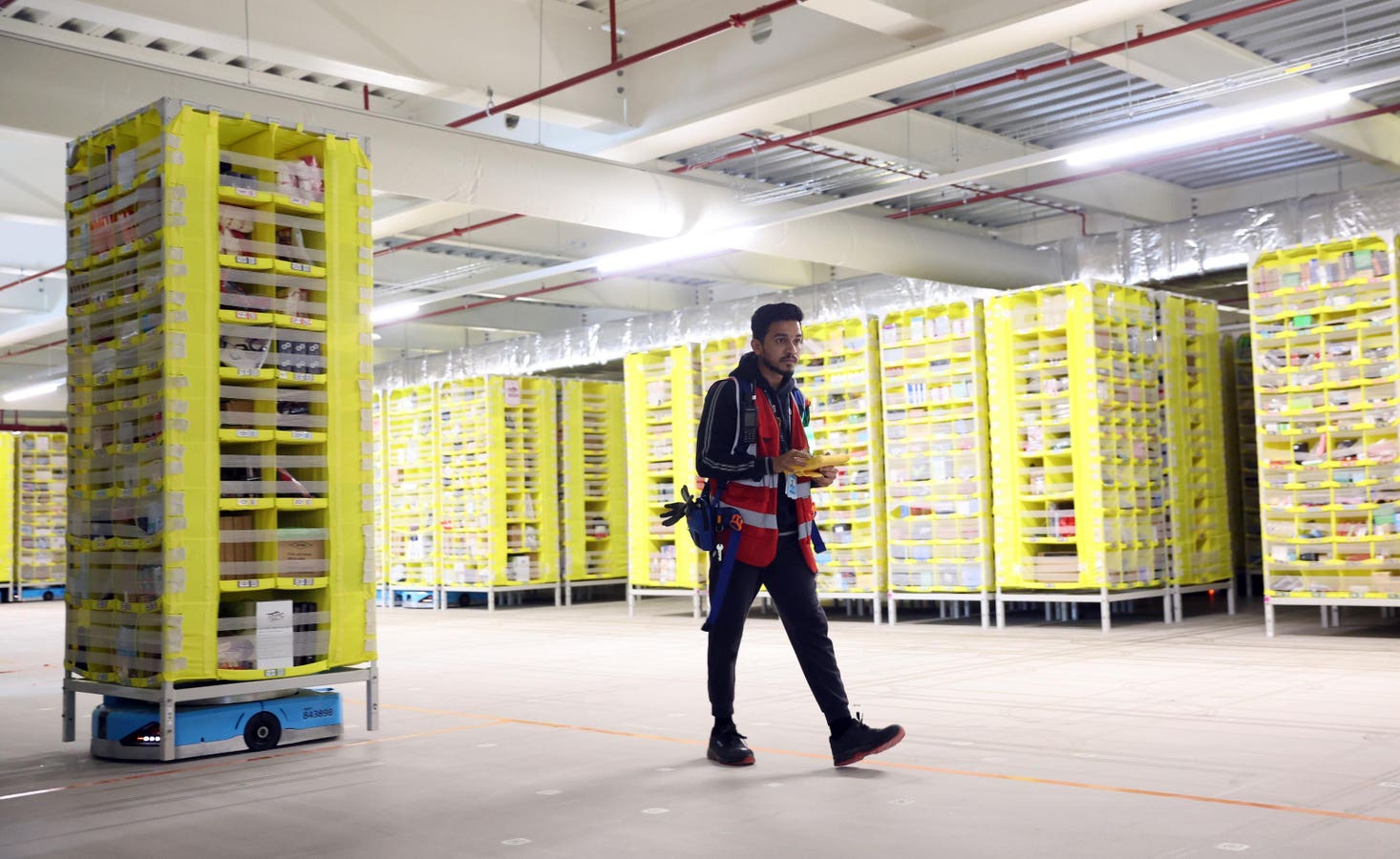Over the last six months, several major studies have laid bare the threat posed by antimicrobial … More
In the past 20 years, cancer medicine has been revolutionized by an array of new treatments, ranging from monoclonal antibodies to novel immunotherapies like CAR T-cell therapy, and targeted therapies like tyrosine kinase inhibitors. Some have played such a major role in improving survival rates that they have now been added to the WHO Model List of Essential Medicines.
But in parallel, a silent crisis has been brewing, one which threatens to reverse much of the progress that has been achieved. Over the last six months, a couple of major studies have laid bare the threat posed by antimicrobial resistance (AMR) to cancer patients.
Published by the Cancer AMR Consortium – a new partnership between the AMR Action Fund, the Union for International Cancer Control (UICC) and medtech company Becton Dickinson – these studies have revealed that infections are the second leading cause of death in cancer patients, often driven by drug-resistant bacteria. In particular, hospitalized cancer patients are also 1.5-2 times more likely to have infections caused by various gram-negative or gram-positive bacteria, which are resistant to multiple antibiotics, than hospitalized patients without cancer. (Full disclosure, I sit on the board of the AMR Action Fund, a global initiative that aims to bring two to four new antibiotics to patients by 2030.)
Antimicrobial resistance has been a known health threat for some time, with studies suggesting that such bacteria have claimed one million lives each year since 1990.
But as Michael Satlin, Clinical Director of the Transplantation-Oncology Infectious Diseases Program at Weill Cornell, points out, cancer patients are particularly vulnerable as both the nature of their illness and many treatments actively suppresses the immune system, making infections more likely.
Chemotherapy, for example, can destroy the protective lining of the gut wall, making it more likely that drug-resistant pathogens will end up circulating in the blood, while patients are often fitted with a peripherally inserted central catheter (PICC line) to deliver drugs or nutrition, something which also comes with a raised infection risk.
“Antimicrobial resistance disproportionately impacts patients with cancer, because many have weakened immune systems that make them completely reliant on effective antibiotics,” says Satlin.
According to Shalini Jayasekar Zürn, Senior Advocacy Manager at the UICC, the growing burden of resistant infections is also making it harder to treat many people with cancer. For example, when patients undergo surgery to remove a tumour, they are often given prophylactic antibiotics to prevent post-operative infections. But if those drugs do not work so well, this can greatly delay recovery.
“You can also have people living with cancer, on treatment with chemotherapy, but if they develop a multi drug-resistant infection and require an extended hospital stay, their treatment is delayed, giving the cancer time to progress,” she says. “Sometimes you get patients who actually die of the infection before the cancer.”
New Antibiotics and Greater Recognition
The oncologists interviewed for this article said that while AMR has long been recognized as a public health threat, the impact on cancer care has yet to be acknowledged by many of the leading cancer organizations and conferences. Zürn says there are many cases where a drug-resistant infection has directly caused the fatality, but the cause of death is still listed as cancer.
Yehoda Martei, an oncologist and assistant professor of medicine at the Hospital of the University of Pennsylvania, described this phenomenon as an example of the damaging silos that often exist in medicine. “Oncologists send blood samples to be cultured all the time, and see patients infected with multiple AMR organisms, so the issue is very apparent on an individual patient level,” she says. “What’s missing is a global acknowledgement that a crisis of AMR is a crisis of cancer care delivery.”
But in addition to acknowledgment, what can be done to better combat this threat? Scientists feel that the data released by the Cancer AMR Consortium points to an urgent need for better diagnostics to quickly identify an infection, relay information about drug resistance, and determine which medications are more likely to work. “Right now, this can take days or longer in most labs,” says David Greenberg, professor of infectious diseases and microbiology, at the University of Texas Southwestern Medical Center. “With resistance rates increasing, this time delay means the chances that I put a patient on the wrong antibiotic only increase. So speeding up this process and finding new ways to detect antibiotic resistance is critical.”
There is also a grave need for new antibiotics, a pipeline which has long been notoriously sparse. It has often been highlighted that the last time a novel class of antibiotics reached the market was back in 1987, with one of the primary reasons being a lack of commercial incentives for drug developers. Several countries have begun experimenting with creative ideas like subscription models, a concept dubbed “Netflix for antimicrobials,” in which national health services pay a subscription fee to pharmaceutical companies in exchange for access to new antimicrobial drugs. Zürn says that more of these ideas are needed.
“Right now, developing antibiotics is a loss-making venture for many companies, which is why the sector has lacked innovation,” she says. “Although progress is being made, much more is needed. We need stronger incentives and clearer pathways that not only encourage development but also ensure equitable access to these medicines, with a focus on addressing pressing public health needs.”
Ultimately solutions must be found, as otherwise high-income countries like the U.S., Germany, and the U.K. could find themselves in a drastic situation where oncologists are not able to safely administer lifesaving treatments such as CAR T-cell therapy, because the risks of contracting a deadly infection are simply too great.
“In parts of Africa and other low and middle-income countries where there isn’t good infection control or access to antibiotics, doctors can’t do bone marrow transplants, because they can’t support those patients adequately through their period of immunosuppression,” says Martei. “If AMR continues to increase, and the pipeline of antibiotics and other antimicrobials isn’t being replenished, we could end up in a similar situation where we have to rethink how we treat patients, and what therapies we can actually administer safely.”
Let this new research galvanize policymakers to reform the broken policy incentives for antibiotic-resistant medications so that biopharma will invest in replenishing the pipeline. Cancer patients – and so many others — are waiting.
Thank you to David Cox for additional research and reporting on this article.









